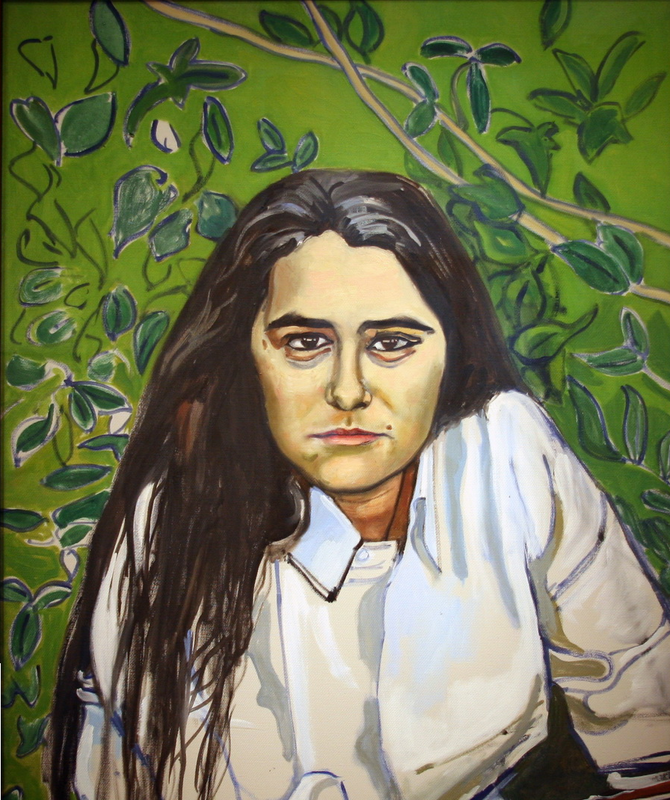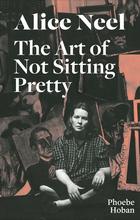More about Kate Millett
- All
- Info
- Shop

Contributor
Kate Millett refused to pose for this portrait commissioned by Time Magazine.
Time Magazine wasted no time making Kate Millett a symbol for the feminist movement. When Time featured Millett on the cover of its August issue in 1970, her book "Sexual Politics" had only been out for a few months--yet it had already sold over 15,000 copies. Originally Millet’s dissertation at Columbia University (one of Millet’s advisers likened reading it to “sitting with your testicles in a nutcracker”), "Sexual Politics" advocated the radical notion that the patriarchy is bad--who knew?? Along with Betty Friedan’s "The Feminine Mystique", it became one of the leading texts for second-wave feminists.
Time Magazine found the perfect artist to paint Kate Millett: portraitist Alice Neel, who was both in touch with her time as well as ahead of it. The re-examination of bodies in her un-sexualized nude paintings of women made her popular with feminists toward the end of her career. Like Millet, Neel was also unexpectedly made a feminist hero.
But since Millet refused to pose for her portrait, Neel awkwardly had to rely on photographs to complete the painting. When Neel later ran into Millet, she confronted her. “Why didn’t you pose for me?” she asked. “After all you believe in women’s liberation. I’m a woman.” Millet explained that she was part of The Daughters of Bilitis, the first lesbian rights organization in the U.S, and that they were against the idea of leadership.
Millet’s appearance on Time did indeed heighten her status, even if the corresponding cover story attempted to mock Millet and her fellow feminists. It starts off saying, “These are the times that try men's souls, and they are likely to get much worse before they get better.” As if that weren’t bad enough, Millet is weirdly likened to Mao Zedong as leader of the women’s liberation movement. Somehow publishing a popular book about feminism puts you on the same level as a totalitarian dictator.
Time wrote about Millet again only months later in an article that publicly outed her as a bisexual, claiming this would discredit Millet as a spokeswoman for the movement. As a result, feminist leaders called a press conference to state their solidarity with the LGBTQ community. It was a hugely controversial move since it was commonly thought this would prevent success for both movements.
Whether its a feminist artist painting a feminist leader or women in different groups and movements stating their solidarity with each other, we are 100% there when it comes to women supporting women. Sometimes you just gotta help a sister out.
Sources
- Hottle, Andrew D. The Art of the Sister Chapel: Exemplary Women, Visionary Creators, and Feminist Collaboration. Vermont, USA: Ashgate, 2014.
- “Who’s Come a Long Way, Baby?” Time Magazine. August 31, 1970. http://content.time.com/time/subscriber/article/0,33009,876783-1,00.html
- Hoban, Phoebe. Alice Neel: The Art of Not Sitting Pretty. New York: St. Martin’s Press, 2010.
- Tamkin, Ann. Alice Neel. Pennsylvania: Philadelphia Museum of Art, 2000.













